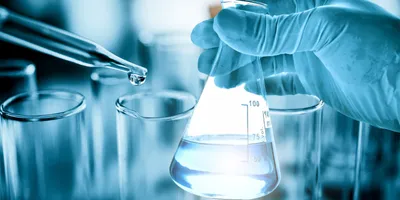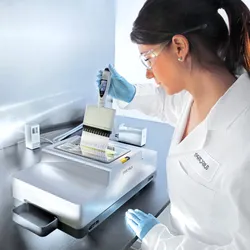Water Purification Systems
Featured Vendors
View all VendorsProduct News & Resources
Events & Webinars
View More
Our Water, Our Priority
Join Lab Manager and our experts as we discuss different techniques for analyzing types of water
Say Goodbye to Microplastics Particles: The Ultimate Lab Water Solution
Join Lab Manager and our experts as we discuss critical issue of microplastic contamination



























